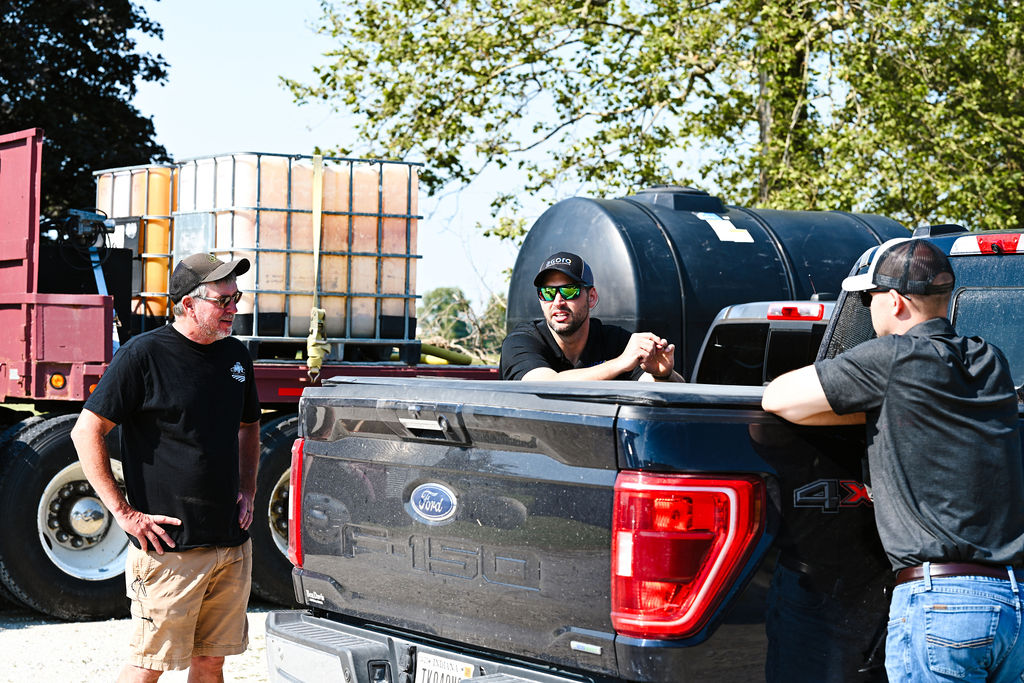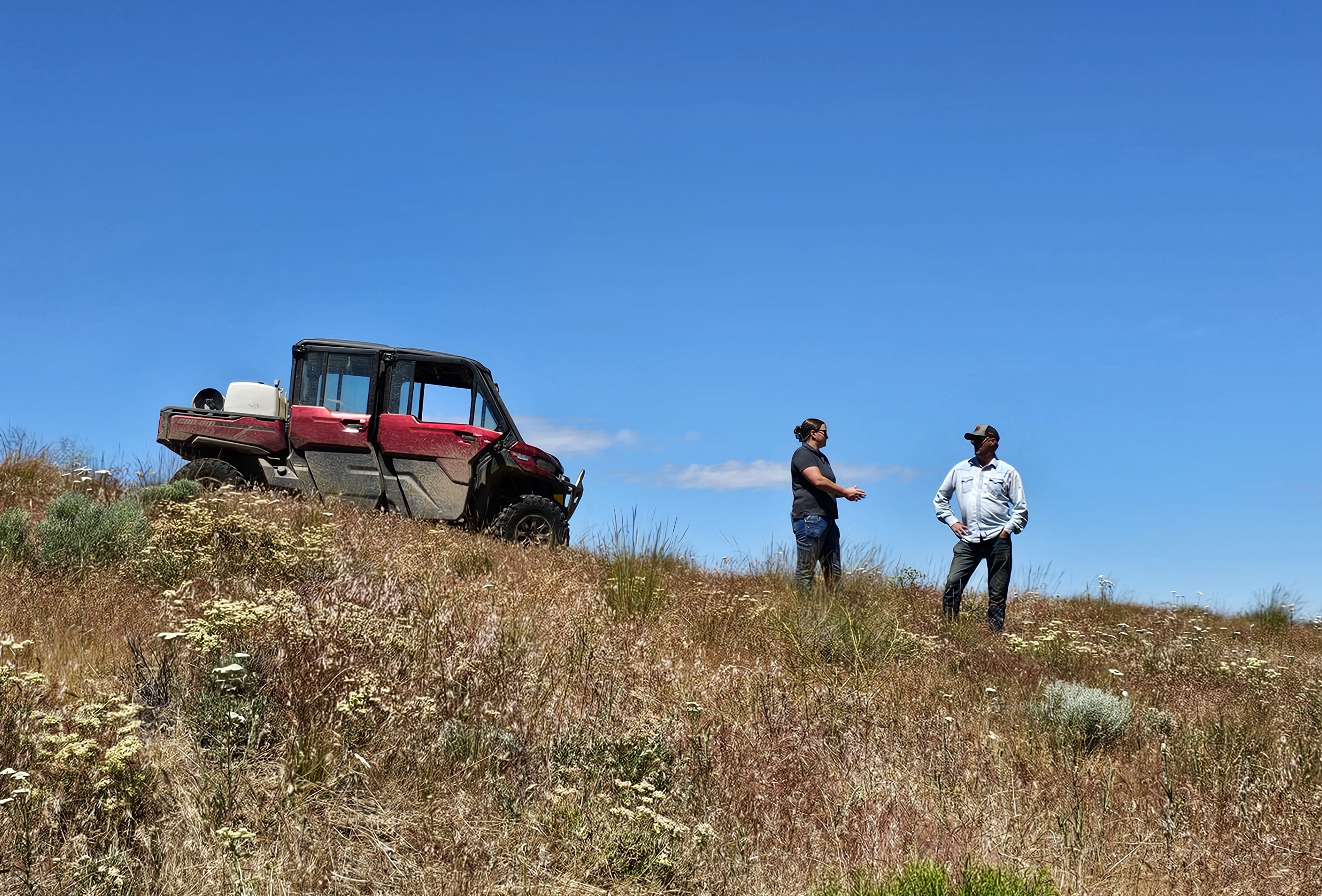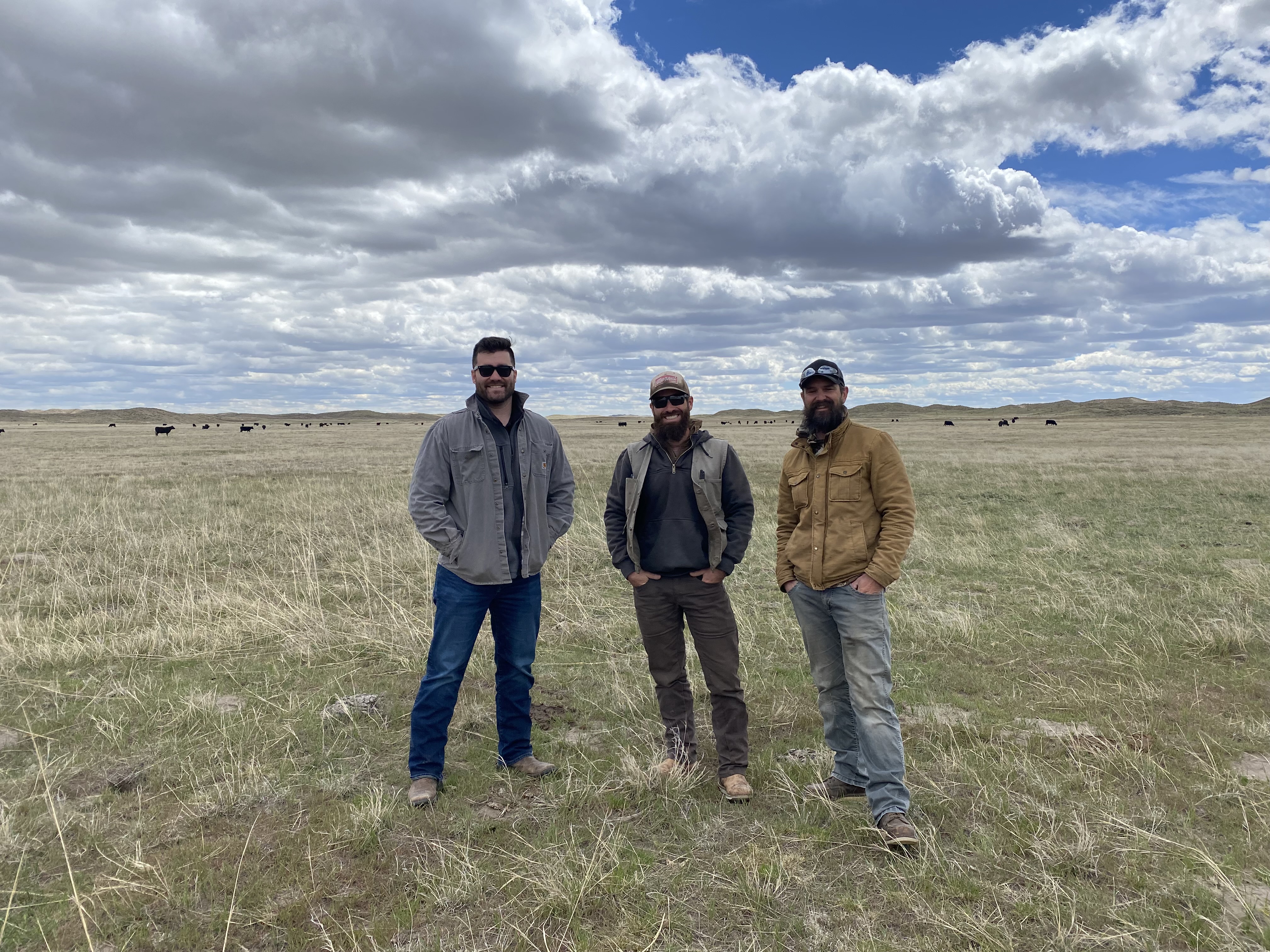Most of the regenerative farming practices are not new, but are back in the spotlight and part of carbon credit programs. Can legacy conservationists – who have been carbon farming for many years already – still benefit from the carbon markets? As an agronomist, I advise them the following:
I hear a lot of frustration from early adopters of soil conservation practices that they feel locked out of the carbon markets. This is also frustrating from the perspective of agronomists like me, who work with farmers and advise farmers on the benefits of carbon farming. I understand the early adopters. They have been carbon farmers for many years already, long before we even talked about the concept of carbon farming or carbon credits.
Advice 1: Don’t self disqualify
When talking to the legacy conservationists, I always start out with the advice that please don’t disqualify yourself from the carbon programs before talking to them and looking at the details. Sometimes the program still offers opportunities for early adopters to benefit from carbon credits. Take your time and listen to representatives from these programs and pay attention to details so you truly understand them. Listening to current offerings or expected future offerings can also give you ideas for new ways to qualify.
Advice 2: Stick to what works for you
Another piece of advice for these early adopters would be to stick with what works for you. It would be disappointing to have someone who has seen first-hand the benefits of these conservation practices give up on them just to qualify for future payments in the carbon market. Often, the co-benefits of these practices bring much more value than the carbon credits do, so enjoy the fruits of your hard work and creativity and stay tuned.
Advice 3: Stay engaged and vocal
This brings me to the next piece of advice that I would offer to legacy conservationists. Stay engaged! Stay vocal! Carbon credit programs are constantly evolving and growing, so staying engaged on the topic will make sure you are aware of future opportunities as soon as they become available. Different programs might also be different in terms of qualification and payments. By being vocal about opportunities you see as potentials for you will ensure that these programs don’t miss out on your participation. Demand for carbon credits is expected to increase, so programs will need to be looking for participants and most will welcome opportunities for an increased base of growers for these.
Advice 4: Be a mentor and guide
Learning from the best is what brings the whole sector forward. For carbon market programs in agriculture the mentorship of early adopters is essential. A whole new group of ‘carbon farmers’ will arise and adopt some of the same methods and practices in the coming years that early adopters already have implemented. By providing mentorship and offering guidance to these new adopters, legacy conservationists can further cement their positions as experts and pioneers for regenerative agriculture. A bonus might exist if programs offer ambassador or mentorship programs to financially incentivize early adopters to aid farmers looking to make these transitions. Legacy conservationists can make carbon programs successful and ensure that these carbon investments stay in agriculture and don’t get snapped up by other business sectors.



